This is a story about the influence and power of mentors on our lives and the world around us.
I had the honor of being the last associate of Calvin C. Straub FAIA (1920-1998) and to have this great man, who was also a significant architect and instructor of architecture, mentor me in the early years of my professional career.
During his high school and junior college years in Pasadena, California, when Cal Straub was considering going into architecture, he decided to interview a local architect. He took the opportunity to interview the renowned Arts and Crafts architect Henry Mather Green of the Green Brothers, sometime between 1938 & 1941. This was at the the tail end of Green’s career and Craftsmen houses were out of vogue.
Cal however recognized the value and beauty of the work and often quoted Henry. He asked the master craftsmen architect “what did you finish the Gamble House with?” He quoted Henry imitating his rough vocal style saying “Ah, sonny, it’s Cabot’s Creosote Stain #7. Put it on once, wait two weeks, apply it a second time and you will never refinish the building again”. A great story but in reality some 97 years after it was constructed it was refinished. Since creosote stain is outlawed now in California, I am not sure they will get the same longevity with the finishes currently allowed.
Cal was motivated and inspired by this conversation with Green to pursue architecture, and become an instructor of architects. In my experience a passion for an art, craft or profession is caught not taught. Henry had passion and enthusiasm for his art and the craft of architecture. Cal caught that passion and enthusiasm and passed it on to others.
Henry Green died in 1954. After Cal’s WWII tour of duty Richard Neutra (1892-1970) hired Cal briefly and provided him a set of architectural plans to use as an example when he designed his first house. Rudolph Schindler (1887-1953) the Austrian born artisan architect offered further encouragement to the budding architect while viewing his first house.
It had been published with images by famed architectural photographer Julius Shulman. While turing Schindler said it was “well done”. Real encouragement for the young architect. Cal then figured he ” had it made”, in fact he had. Cal went on to receive 30 AIA awards and had a house on the cover of Sunset Magazine nearly every other month or so for a decade. He would also-visit Frank Lloyd Wright in the Arizona desert with his USC. students. Mr. Wright nicknamed Cal “Sky Pilot”, a name that has some historic connotations to spirituality I have yet to discover.
For Cal’s earliest residences he created a unique post and beam structural system that Esther McCoy, the region’s preeminent architectural historian, recognized as a unique contribution, one that established Cal as “the Father of California Post and Beam Architecture” to use her words. This was a modern architecture and influential in what is now called Mid Century Modernism.
It was however as a professor of Architecture in 1952 at University of Southern California that he had what might be his most significant influence on the art of architecture. He met Frank O. Gehry and was able to rekindle a fire that had been smothered by others. Frank was in his second year at USC. He was creative and uniquely gifted, but the other architectural instructors could not perceive these gifts and thought he did not have what was needed. And they told him so; in fact one suggested architecture would not suit him. Frank doubted his chosen path. It was in his third year Frank took courses with Cal Straub. Much later as Frank grew in fame Cal would recollect a conversation with him saying ” You’ve got something Frank, stick with it”. After hearing and quoting this over the years I felt it was time to confirm if this was indeed fact.
Frank Gehry was 88 years old when I had a long conversation with him in August of 2017. It took two months to schedule the call and I waited another two months for it; Frank’s a busy man these day’s.
The 2017 Architectural Digest issue linked below say’s of Frank Gehry:
“It’s not often the case that architects grow to become household names. But Frank Gehry has never lived by any common practice. The award-winning architect has spent more than a half-century disrupting the very meaning of design within architecture. From the iconic Guggenheim Museum Bilbao (which Philip Johnson called “the greatest building of our time”) to the Fondation Louis Vuitton in Paris, Gehry has proven time and again the force that’s produced when whimsical design is done masterfully. “
He told me “Cal treated me as a respectable architect”, while even Cal’s partner Conrad Buff “would avoid me in the halls and turn the other way, never looking at me…. I was poor and struggling and Cal encouraged me. He hired me to work on some of his houses in my fourth year… I felt like a hero again.” Cal encouraged Frank that he had a gift worth pursuing.
We talked about Cal’s principled approach to architecture, and that his focus on the power of architecture to enhance social concerns resonated with Frank. I was impressed with Frank’s respect for even those men who did not agree with his ideas or direction; he told me he respected their feelings and loved all his former instructors, even those who did not support him. Frank Gehry, arguably the most famous and influential architect practicing today, ended our conversation honoring his former instructor and mentor stating;
“I live Cal’s principals every day. I promise”.
Frank achieved a level of fame, wealth and influence that eluded Cal, but Cal’s heart to encourage and support young talent has continued to inform and motivate those he gave himself to for many years after his passing.
The art and craft of architecture will never be the same thanks to the committed people who encourage the younger generations after them. Frank Gehry, Cal’s most significant student, seems to have explored and proven through a life of uniquely creative buildings, pursuing and expressing his personal vision that Cal’s words are true :
“ If you can see how things come together, recognize their relationships and independence, and yet their formal unity, poetry becomes part of the structure”

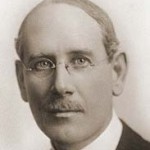
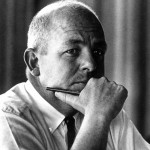

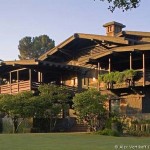


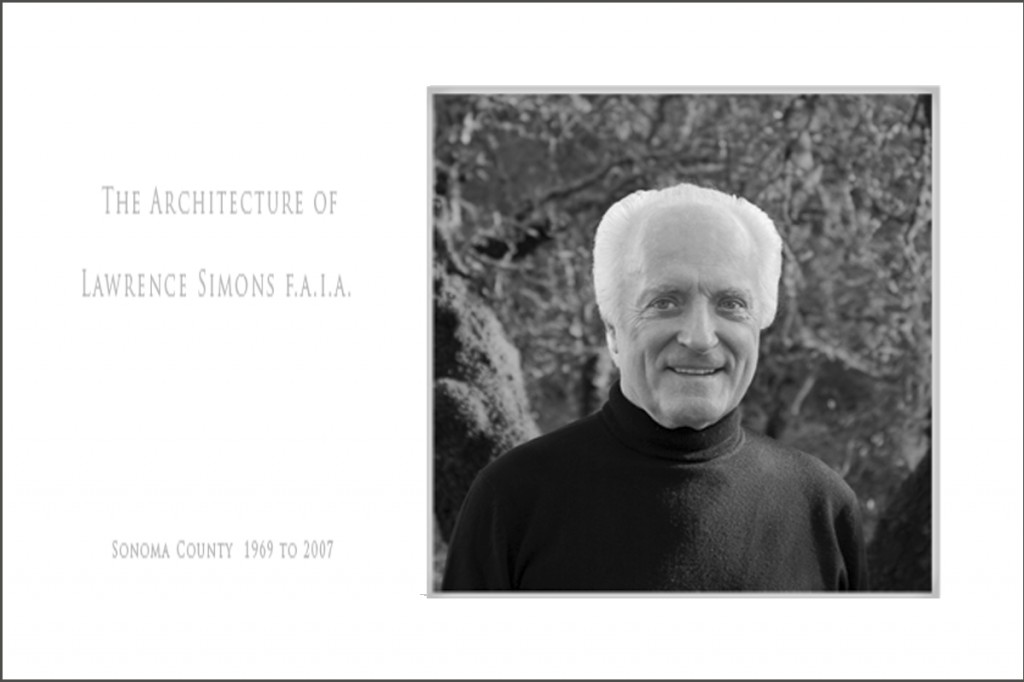
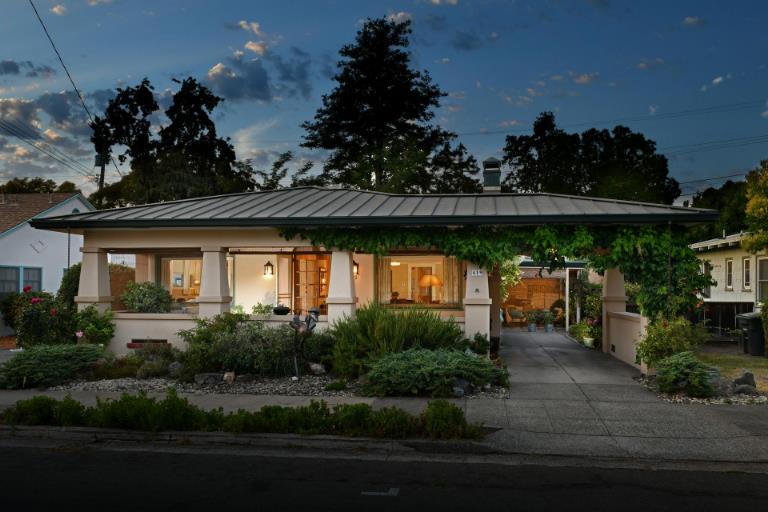

About The Author: Mark
Wm "Mark" Parry is an Artisan Architect, Poet and Educator, living in Northern California's abundant beauty and strange contradictions. He founded IdeaStudios.com in 1988 as architectural and interior design practice in the heart of Sonoma County. ArtisanArchitecture.com has advanced his interests in artisan architecture, historic and architectural education and preservation since 2002. On worksofwords.live he has shared his poems, musing's, inspired thoughts and photography since 2012. These his personal reflections on life, truth and reality. All operate under the umbrella of William Mark Parry Architect P.C. A Professional Corporation registered in California on 5.15.2000.
More posts by mark